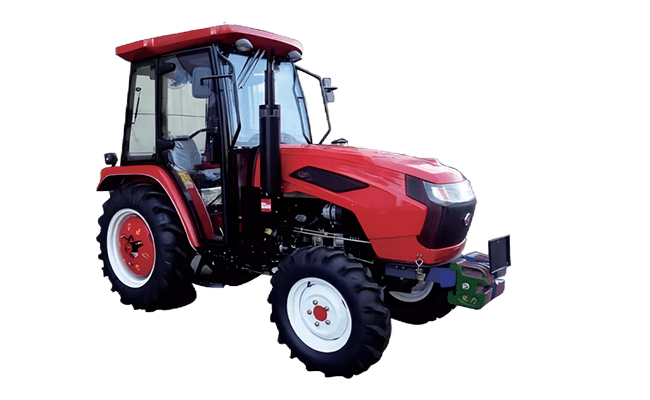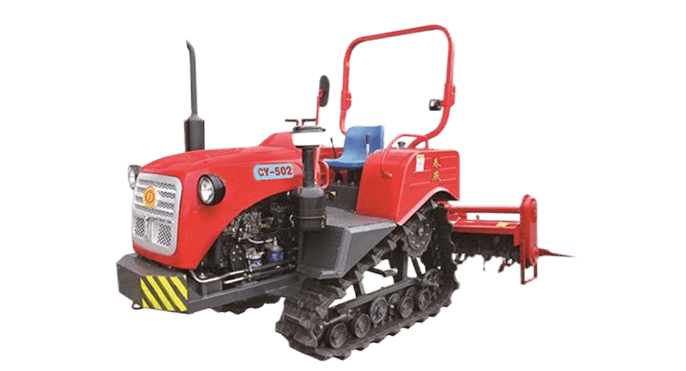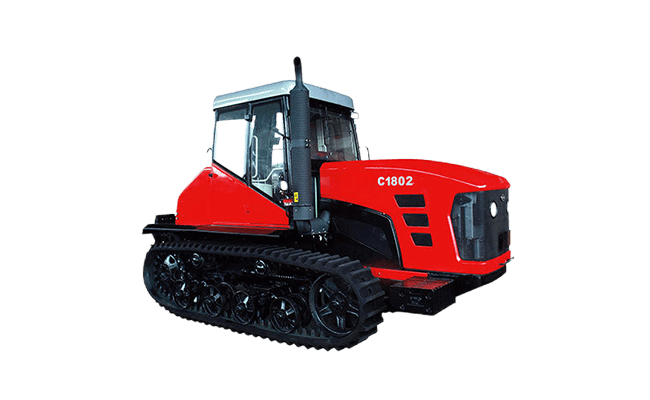Tractors are a critical tool in modern agriculture and many other industries, providing the power and versatility needed to get a wide range of jobs done. In this guide, we’ll explore the different types of tractors, what they’re used for, and how to choose the right one for you.
Tractors are a game-changer in modern agriculture, allowing us to be more productive and efficient. There are many different types of tractors, including utility tractors, row crop tractors, orchard tractors, compact tractors, garden tractors, sub-compact tractors, industrial tractors, track tractors, and specialty tractors. Each type is designed for specific tasks, from general farming to specialized agricultural activities. Understanding these types and what they’re used for will help you pick the right tractor for your needs, so you get the best performance and value.
Let’s dive into the world of tractors and see how each type can transform your farming operation, making you more efficient and productive. We’ll explore the different types of tractors and what they’re used for!
Contents
Types of Tractors
Utility Tractors
Description and Features: Utility tractors are versatile machines that can handle a wide range of tasks, including plowing, tilling, hauling, and material handling. They typically have a powerful engine, a rugged build, and can be fitted with a variety of attachments.
Common Uses: These tractors are commonly used on farms for general purposes, but you can also find them in landscaping, construction, and municipal applications.
Row Crop Tractors
Description and Features: Row crop tractors are designed specifically for row crop farming. They have adjustable row spacing and high clearance to avoid damaging the crops. These tractors often come with advanced features like GPS and automated steering.
Common Uses: Planting, cultivating, and harvesting row crops like corn, soybeans, and cotton.
Orchard Tractors
Description and Features: Orchard tractors are designed to be able to maneuver between rows of trees and vines without damaging them. They have a lower profile and are more compact to fit in tight spaces.
Common Uses: These tractors are primarily used in orchards and vineyards for tasks like spraying, mowing, and harvesting.
Compact Tractors
Description and Features: Compact tractors are smaller and less powerful than standard tractors, making them ideal for small farms, gardens, and landscaping. They’re easy to maneuver and can be fitted with a variety of attachments.
Common Uses: Mowing, tilling, snow removal, and light-duty hauling.

Garden Tractors
Description and Features: Garden tractors are designed specifically for lawn and garden maintenance. They’re smaller and less powerful, making them perfect for tasks like mowing, tilling, and light-duty hauling.
Common Uses: Lawn mowing, garden tilling, and light hauling.
Sub-Compact Tractors
Description and Features: Sub-compact tractors are even smaller than compact tractors and are perfect for working in tight spaces. They’re often used for small-scale farming, gardening, and landscaping.
Common Uses: Mowing, tilling, digging, and light hauling in small spaces.
Industrial Tractors
Description and Features: Industrial tractors are built to handle heavy-duty tasks like lifting, digging, and loading in construction and industrial settings. They’re tough and have features that make them suitable for harsh environments.
Common Uses: Construction, material handling, and industrial applications.
Crawler Tractors
Description and Features: Crawler tractors use continuous tracks instead of wheels, giving them better traction and stability on soft or uneven ground. They’re perfect for heavy-duty tasks in challenging terrain.
Common Uses: Large-scale farming, construction, and forestry operations.

Specialty Tractors
Description and Features: Specialty tractors are designed for specific tasks that standard tractors can’t handle. Examples include high-clearance tractors for tall crops and narrow tractors for working in tight spaces.
Common Uses: Specific agricultural tasks that require unique tractor designs.
How to Pick the Right Tractor
1. Know What You Need
Figure Out What You’re Going to Do: Decide what you want to do with the tractor. Do you want to plow, plant, mow, or haul? Different tractors and attachments are better for different jobs.
2. Figure Out the Right Size and Power
Horsepower: Get a tractor with the right amount of horsepower for what you’re going to do. Bigger farms need bigger tractors, while smaller places might need compact or sub-compact tractors.
Size and Weight: Consider the size and weight of the tractor compared to the size of your farm or property and the type of terrain.
3. Look at Attachments and Accessories
Common Attachments: Think about the attachments and accessories you might need, like plows, mowers, loaders, and tillers. Make sure the tractor you buy can use those attachments.
Compatibility and Versatility: Make sure the tractor can take different attachments so you can do different jobs.
4. Set a Budget
How Much You’re Going to Spend: Set a budget and look for tractors that give you the best value for your money.
How Much It Costs to Keep It Going: Consider the cost of buying it and the cost of keeping it going when you set your budget.
5. Research Brands and Dealer Support
Good Brands: Get a tractor from a good brand that’s known for quality and reliability.
Why Dealer Support and Service Matter: Having a dealer who can take care of your tractor and get it fixed when you need it is a big deal.

Why Tractors Are Important
1. Get More Done
Faster and Better: Tractors let you get things done faster and better than you can with people, so you can get more done and grow more crops.
2. Do More Things with One Machine
Lots of Jobs: You can put different attachments on tractors to do different jobs, like tilling, planting, harvesting, and hauling.
Year-Round Use: You can use tractors all year long for different things, so they’re a good investment.
3. Save on Labor
Less Work for You: Using tractors means you don’t have to do as much work, so you can save time and not wear yourself out.
Save Money: You don’t have to pay as many people to work for you, and you can get more done, so you make more money.
4. Use Technology to Farm Better
Technology in Tractors: New tractors have cool stuff like GPS and precision farming tools that help you do a better job in the field and grow better crops.
Better Crops: Using tractors and the technology they have helps you grow better crops and take better care of your land.
5. Take Care of the Environment
Use Less Stuff: Tractors help you use less stuff like fuel and fertilizer, so you can take care of your land better.
Don’t Mess Up the Earth: Tractors with new technology help you take care of the land by not messing it up and not putting a bunch of chemicals in the water.
In Conclusion
Tractors are a big deal in farming because they can do a lot of different things and help you get more done. By knowing about different types of tractors and what they can do, you can make a good choice when you buy one. Whether you’re a farmer, a gardener, or a landowner, the right tractor can make a big difference in what you do.
FAQs
The most popular kind of tractor is the four-wheel-drive tractor. These tractors are highly versatile and can do a wide variety of jobs, which is why so many farmers and landowners buy them.
Tractors are classified based on how they’re designed, what they do, and what they’re used for. Some of the more common classifications include utility tractors, row-crop tractors, orchard tractors, compact tractors, garden tractors, sub-compact tractors, industrial tractors, track tractors, and specialty tractors.
A three-wheeled tractor is often called a tricycle tractor. These tractors have two big wheels in the back and one smaller wheel in the front. They were designed to be more maneuverable in tight spaces, especially in row-crop farming.
The size and horsepower of the tractor you need depend on what you’re going to use it for. For most of the jobs on a farm, a mid-sized tractor with medium horsepower (50-100 HP) will work just fine. If you have a big farm or you’re going to be doing some heavy-duty work, you might need a bigger tractor with more horsepower (100-200 HP or more). Think about the implements you’ll be using, the size of your farm, and the type of soil you have when you’re making your decision.
Gas tractors and diesel tractors are different in terms of fuel efficiency, how much power they make, and how long they last.

